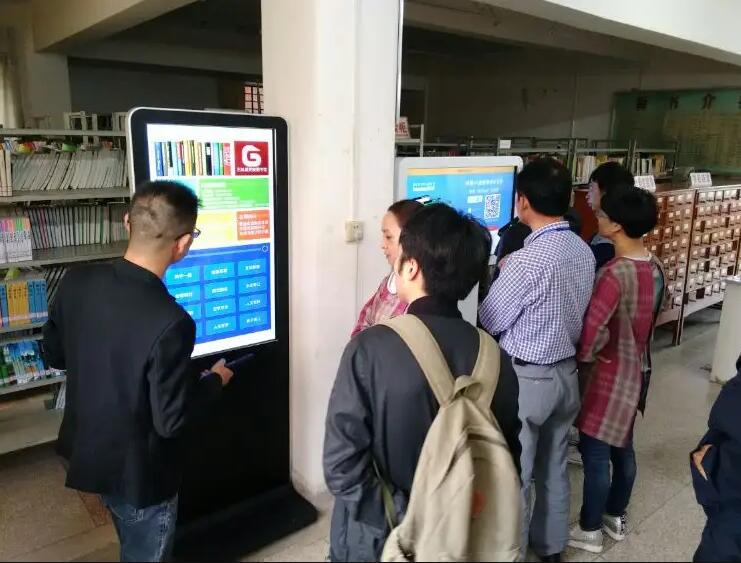 如何管理个人电子书图书馆(二)
如何管理个人电子书图书馆(二)
正文翻译

How to manage personal ebook library?
如何管理个人电子书图书馆?

How to manage personal ebook library?
如何管理个人电子书图书馆?
评论翻译

How to manage personal ebook library?
如何管理个人电子书图书馆?

How to manage personal ebook library?
如何管理个人电子书图书馆?
很赞 0
收藏